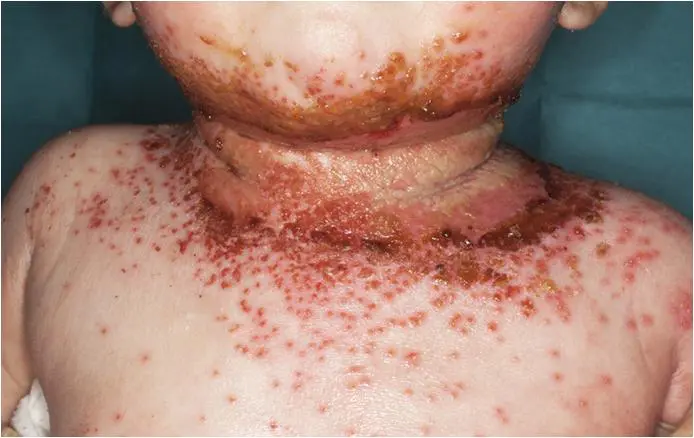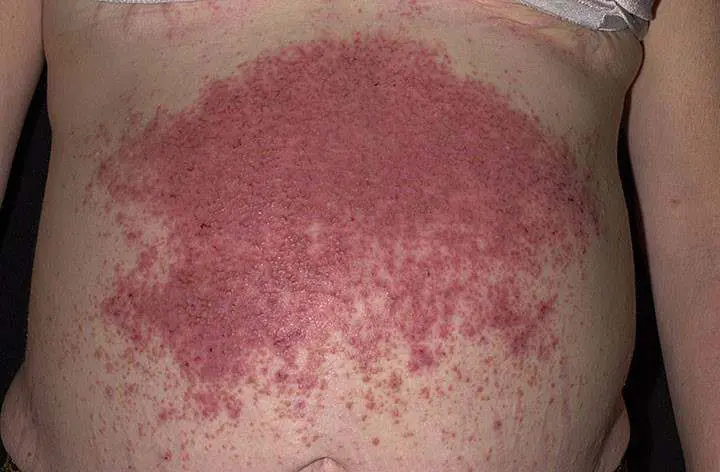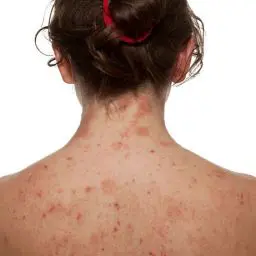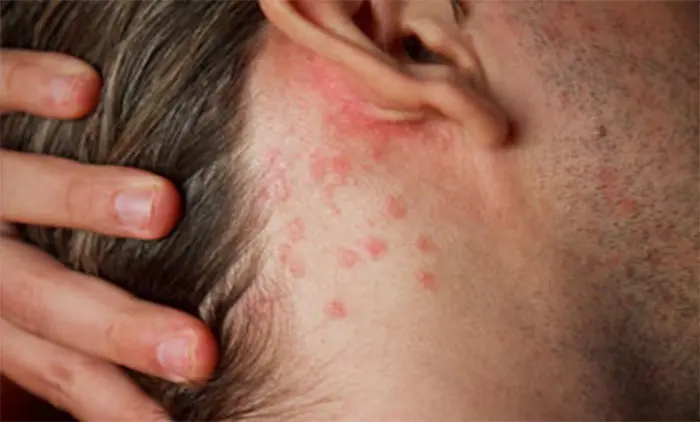Eczema
Medical Dermatology
The terms “eczema” or “dermatitis” are used to describe certain kinds of inflamed skin conditions including allergic contact dermatitis and nummular dermatitis. Eczema can be red, blistering, oozing, scaly, brownish, or thickened and usually itches. A special type is called atopic dermatitis or atopic eczema. Eczema affects about 10% to 20% of infants and about 3% of adults and children in the U.S. Most infants who develop the condition outgrow it by their tenth birthday, while some people continue to have symptoms on and off throughout life. With proper treatment, the disease often can be controlled.
Eczema
Medical Dermatology
The terms “eczema” or “dermatitis” are used to describe certain kinds of inflamed skin conditions including allergic contact dermatitis and nummular dermatitis. Eczema can be red, blistering, oozing, scaly, brownish, or thickened and usually itches. A special type is called atopic dermatitis or atopic eczema. Eczema affects about 10% to 20% of infants and about 3% of adults and children in the U.S. Most infants who develop the condition outgrow it by their tenth birthday, while some people continue to have symptoms on and off throughout life. With proper treatment, the disease often can be controlled.
Eczema Affects Many Areas of the Skin
No matter which part of the skin is affected, eczema is almost always itchy. Sometimes the itching will start before the rash appears, but when it does, the rash most commonly appears on the face, back of the knees, wrists, hands, or feet. It may also affect other areas as well.
Affected areas usually appear very dry, thickened, or scaly. In fair-skinned people, these areas may initially appear reddish and then turn brown. Among darker-skinned people, eczema can affect pigmentation, making the affected area lighter or darker.
In infants, the itchy rash can produce an oozing, crusting condition that happens mainly on the face and scalp, but patches may appear anywhere.
Eczema Treatment
Once we are sure someone have atopic dermatitis, the mainstays of therapy are anti-inflammatory medications and relief from the itching. Prescription-strength steroid cream and antihistamine medications are the usual treatments.
If Dr Jochen determines that someone has a secondary bacterial infection complicating their rash, an oral antibiotic may be prescribed. For severe cases not responding to high-potency steroid cream, alternate treatments may be tried. These include coal tar, ultraviolet light exposure, and systemic anti-inflammatory agents.























